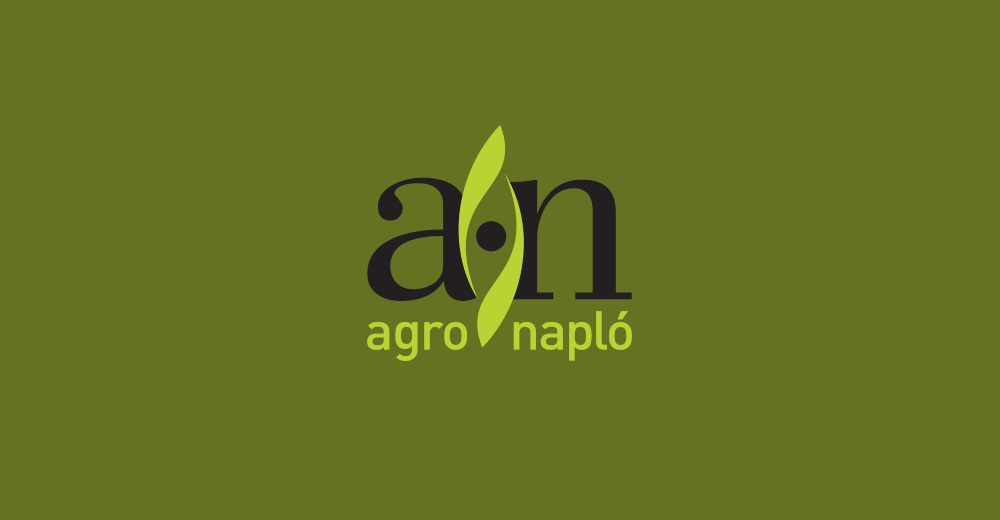Japanese farmer Yoshinori Nakade is happy to be considered an innovator and early adopter in his farming business that operates on 50 hectares near the town of Otofuke on Hokkaido, the northernmost of Japan's main islands. He is carrying on a tradition of modernization that was first identified among the agricultural community 60 years ago.
In 1957, researchers at Iowa State University in the United States carried out an influential study1 that described the adoption or acceptance of a new technology among farmers according to their demographic and psychological characteristics.
They defined adopter groups and a technology adoption lifecycle that today is typically illustrated as a bell curve that shows the take-up of innovations over time. There were five distinct groups identified: "innovators", "early adopters", “early majority”, “majority” and “non-adopters”.
Where the innovators and early adopters – who typically make up just 15 percent of the general population – led, the researchers found, the others would eventually follow. And that is just as true today, not just within agriculture, but in every branch of every industry, and all walks of life.
Fertile black soil
With an average temperature of 7.2 Celsius, annual rainfall of 626mm and more than 2,070 hours of sunshine each year, Nakade's fertile black soil is ideal for growing winter wheat and soybeans, with smaller areas of red kidney beans and Japanese Azuki beans also making it into the farm's cropping. But while many farmers would be satisfied with these ideal conditions, this Japanese grower has been keen to look for ways to maximize output.
GPS guidance has been used on the farm since the year 2000, and was introduced after Nakade saw the technology at a farming exhibition in the United States. Like many early adopters, it was his interest in the equipment and his ambition for developing his business that were the main driving forces behind the decision.
He did not consider the payback time at all, but was thinking only about successfully establishing the smart technology in his home country, as at that time such systems were unknown in Japan.
Nakade did, however, recognize the benefits the technology could bring. He could see how it would result in work of a more consistent quality, with the smart technology compensating for the different abilities of his operators. Reduced fatigue during long working days was another immediate advantage and, of course, there were savings in farm inputs including fertilizer, herbicides and fuel.
In 2006, Nakade took his GPS guidance a step further and began using auto-steering to make the most of the efficiency savings he was already enjoying, and more recently he has invested in the technology to allow variable-rate fertilizer applications.
He has also become an entrepreneur by setting up a corporation, GPS Ag Support Inc, that built Japan's first RTK base station on Hokkaido in 2015. This gives the island's farmers access to a correction signal for their GPS systems that provides accuracy measured in millimeters.
So far, the new technologies have lived up to the farmer's expectations, improving work efficiency and precision. Nakade says it is now much easier for him to consider and set-up the work schedule for the entire farm, as well as planning field operations including seedbed preparation, planting seeds, fertilizer applications and spraying.
He has had some problems as an early adopter, and has still not found a way to integrate all the data he collects into a comprehensive crop management system for each of his crops. However, Nakade is confident he won't have to wait too long for a solution.
He also remains committed to exhibitions, and says he would use a visit to Agritechnica to look for a management system that integrated field data (maps, weather, temperature and so on) and growth management (crop varieties, application rates of fertilizer and chemicals, and yield).
As the world's leading farm machinery trade fair, Agritechnica is THE platform for the presentation of new developments in farming, and this year the event organizer, DLG (German Agricultural Society), has chosen the overall theme “Green Future-Smart Technology”. This recognizes the need for today's agriculture to be sustainable in terms of ecology, economy and human resources. The way to achieve this, it says, is for farmers to use all the available knowledge about interactions of plant and soil, technology and labor to develop appropriate farming systems.
Agritechnica 2017 will be held from 12-18 November (preview days on 12/13 November) at Hanover's exhibition grounds, and the exhibition halls will be packed with the latest technological developments, but there will also be exhibitors offering services and knowledge transfer, and this means the event has the products, experience and know-how to offer smart technologies to support farmers in practicing smart farming for a green future.
More information for visitors and exhibitors can be found online at www.agritechnica.com
1 Bohlen, Joe M; Beal, George M (May 1957). "The Diffusion Process" Special Report No. 18. Agriculture Extension Service, Iowa State University.







